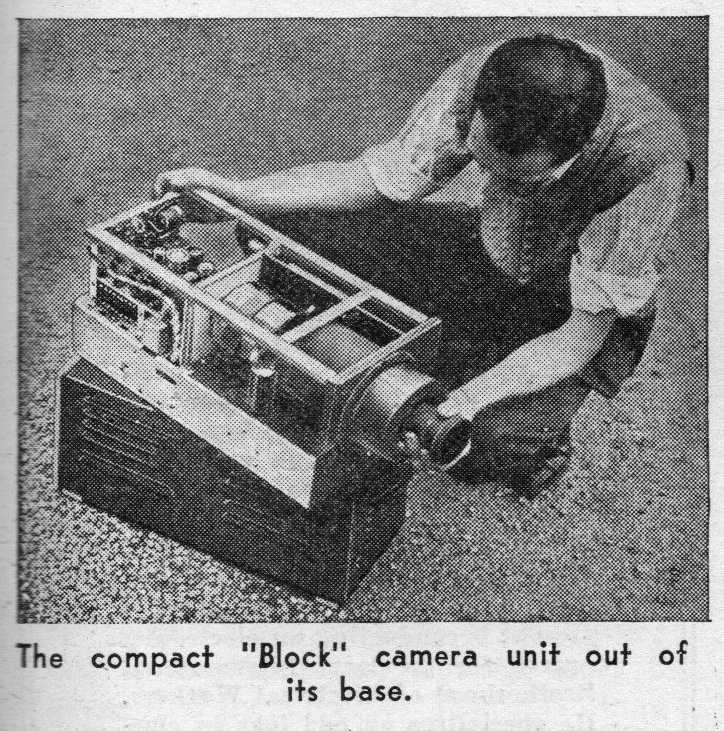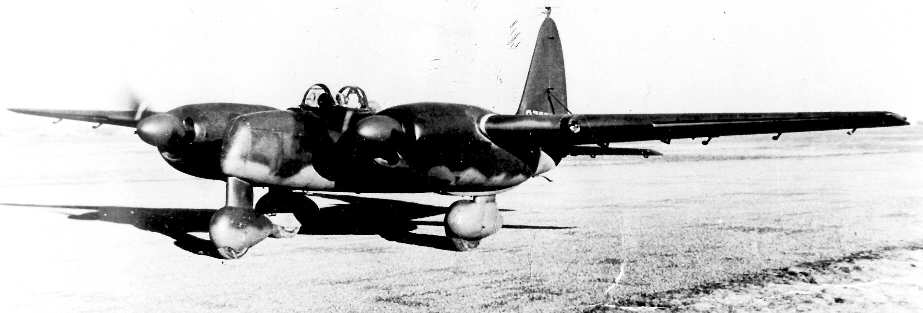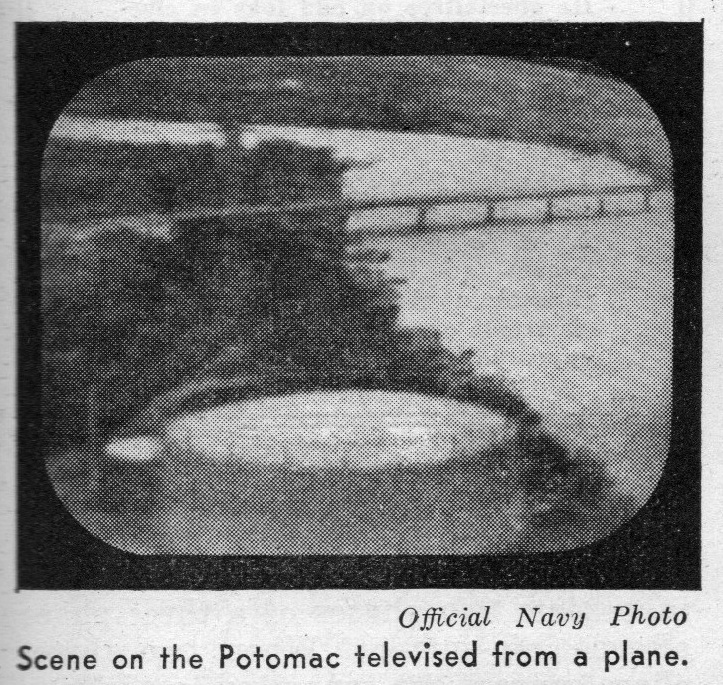Drones were quite primitive during World War II, compared with the unmanned aerial vehicles we know today. They were most commonly used as target practice for the Navy and rarely had offensive capabilities. But a few of these experimental planes were outfitted with some incredibly futuristic tech that would help pave the way for modern drone warfare. That exciting new invention? Television.
Back in the 1920s, some people imagined that the drones of tomorrow would be equipped with TV cameras that could relay images back to a central controller — a vision for the future of war not that different from the way many drones work today. But it wasn’t until World War II that TV camera-equipped drones would see battle.
Unfortunately for the Allies, they weren’t very successful.

Television had a number of false starts before TV sets would become a staple of American living rooms during the 1950s. David Sarnoff at RCA invested incredible amounts of money to develop TV tech in the 1930s — money that in the immediate sense may have gone to waste, had he not secretly contracted with the government to put this technology to use in battle during World War II.
Some American drones developed during WWII were simply old bombers stripped of non-crucial components and loaded with dynamite. These bombers were then equipped with large cameras like the one seen above.
For Operation Aphrodite, old unwanted B-17 and B-24 bombers were launched with human pilots. These pilots would take off, fly toward the intended target and then parachute out of the aircraft, leaving a trailing plane at the robot controls. This trailing plane would have a TV receiver that would get images from the now-pilotless plane. They could then direct the drone to its target via radio-control, all the while keeping an eye on its route from a safe distance. For many of these young pilots, it was their first time seeing anything like TV technology.
Other American drones like the TDR-1 were developed to be able to drop bombs, rather than acting as radio-controlled torpedoes. They were service-tested in 1944, and though roughly 200 of these “assault drones” were built, they were used sparingly and with minimal success. The military’s hopes for the TDR-1’s were butting up against the technical limitations of the time and the drone simply wasn’t as effective as conventional weapons.

Still other TV-equipped drones were designed and tested, but never saw battle, like the XBQ-1 and XBQ-2 unmanned aerial vehicles. A photo of the XBQ-1 appears above. The drone crashed during its first test flight. Again, the technology to properly implement technologically advanced drones just wasn’t there in the mid-1940s.
These top secret TV-equipped drones of the future wouldn’t become public knowledge until March of 1946, when the Navy held a demonstration for the press. By then, most Americans were focused on the futuristic promise of broadcast TV for civilians. But the Navy wanted everyone to know that they were ahead of the curve, and would continue developing TV tech for military purposes.
The May 1946 issue of Radio-Craft magazine published images from a drone camera, and even showed the drone’s-eye view (below) — a still shot taken from tests over the Potomac River.

The World War II drone experiments were considered by most people to be a failure. Many Americans died during Operation Aphrodite, including future-president John F. Kennedy’s older brother Joseph, whose plane exploded before he could evacuate. But if fighting had continued longer, who knows how much more advanced TV-equipped drones may have become.
The WWII drones may have been rudimentary, but they were an absolutely necessary first step in delivering the drone program that we know today — for better and for worse.
Pictures: Illustration of a drone, photo of a Block camera unit, and Potomac drone photo all scanned from the May 1946 issue of Radio-Craft magazine; XBQ-1 photo from the US Air Force via Wikimedia
